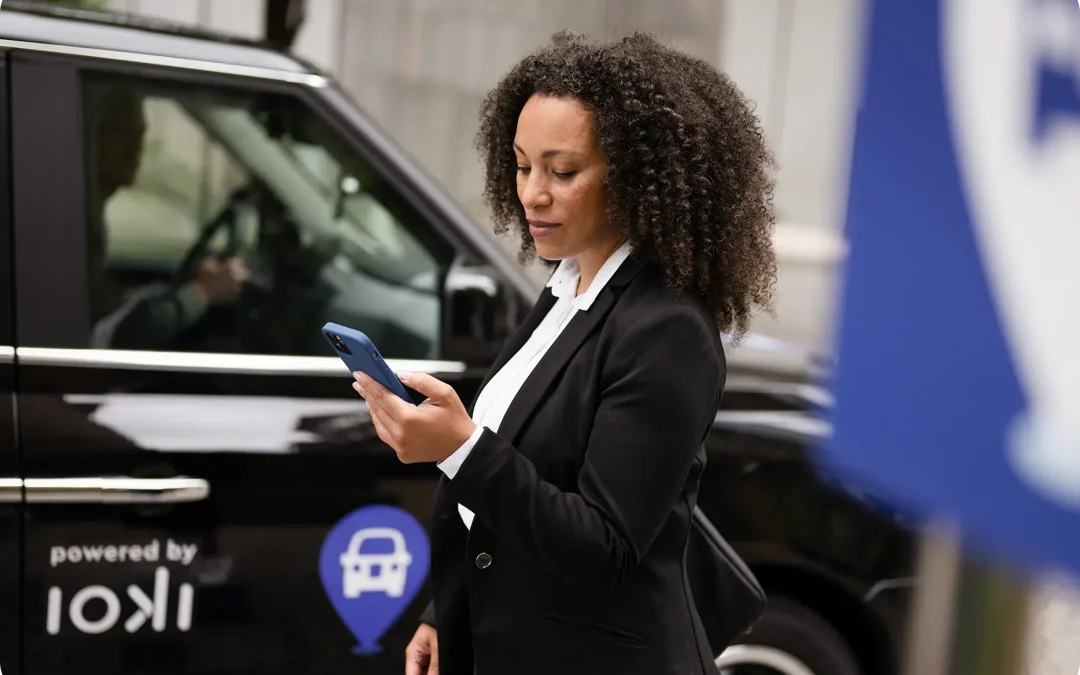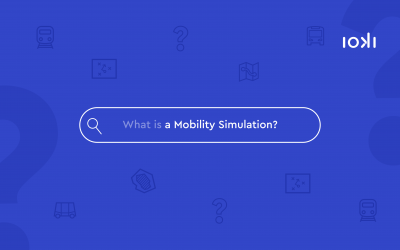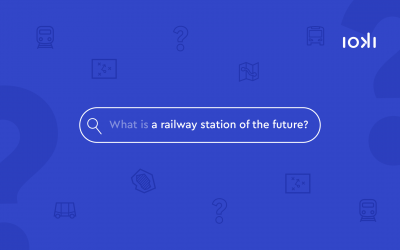…what was completely normal for us until recently, seems to have become unimaginable in the last weeks. Our freedom of movement is currently limited to our own four walls and the nearest park or forest, in order to guarantee everybody’s well-being.
And yet, thanks to digital media and communication, we are always networked and up to date: Our reality – and therefore inevitably our mobility – is currently only shifting from real to virtual. What cars, bicycles and public transport were on the streets just a short time ago are now vast amounts of data being played out over our digital networks. Because even though our radius of daily life has been drastically reduced, our need for communication and information remains at least the same.
This can be seen most clearly in the many exciting formats, actions and gestures that are emerging in the wake of the crisis. For example, (leisure) activities such as concerts have to be cancelled, but thanks to live streaming and spontaneous neighbourhood concerts from all over the balconies, there is still no lack of music. Digitisation and new work are also currently experiencing a new upswing. It shows: Where there is a will, there is a way. What is important in all this, however, is the willingness to find pragmatic and at the same time creative solutions in view of the new circumstances. With enough mobility in mind, everyone can contribute to this.
Speaking of which, we would like to give a small note from history to anyone who is currently threatened by the ceiling falling on their head: It was the plague quarantine of 1666 that made Isaac Newton discover the law of gravity… For it is often precisely those times of pause that enable us to critically question our habits, basic assumptions and thoughts and perhaps even see them in a new light.
However, in order to avoid going too much in circles, a healthy amount of exchange and discussion is required. Entirely in the sense of a healthy discourse it is also – or even: above all! – in times of distance, to present and examine one’s own thoughts and impressions in conversation with others and thus to build a bridge between oneself and the environment.
Because only in this way can we replace social distance with social connection. Exactly for this purpose we initiated ioki – stay connected. Together we want to stay connected even in times of spatial separation, share our ideas and impressions and dare to look together into the future – not only of mobility.



